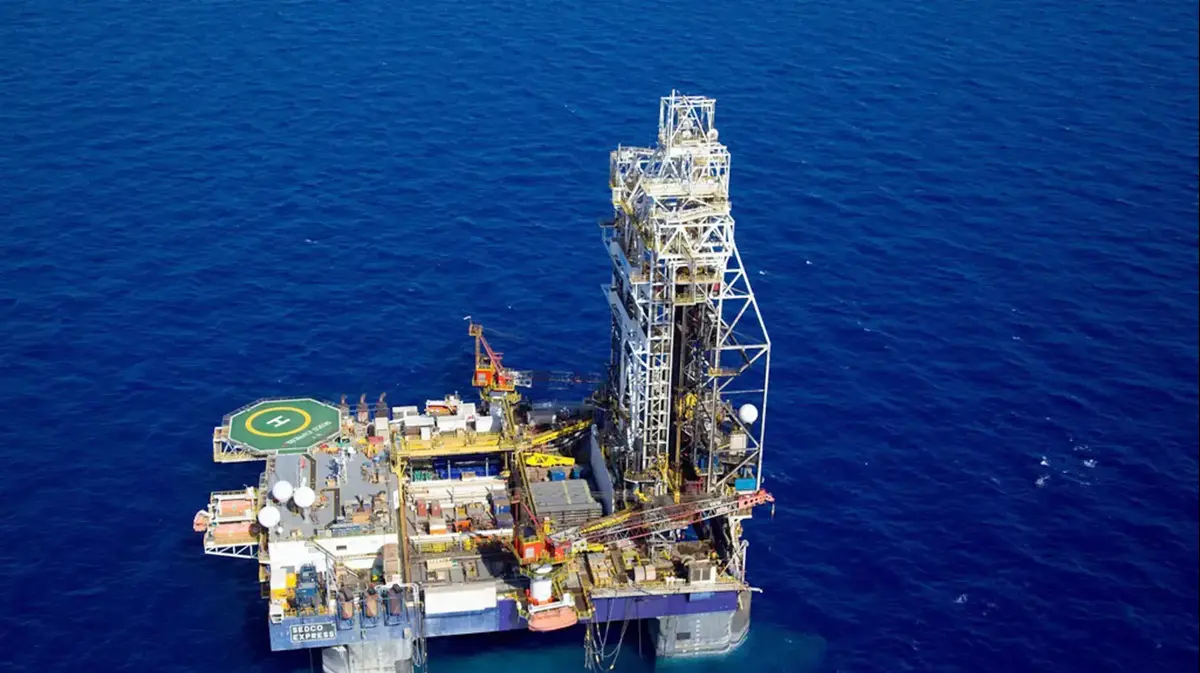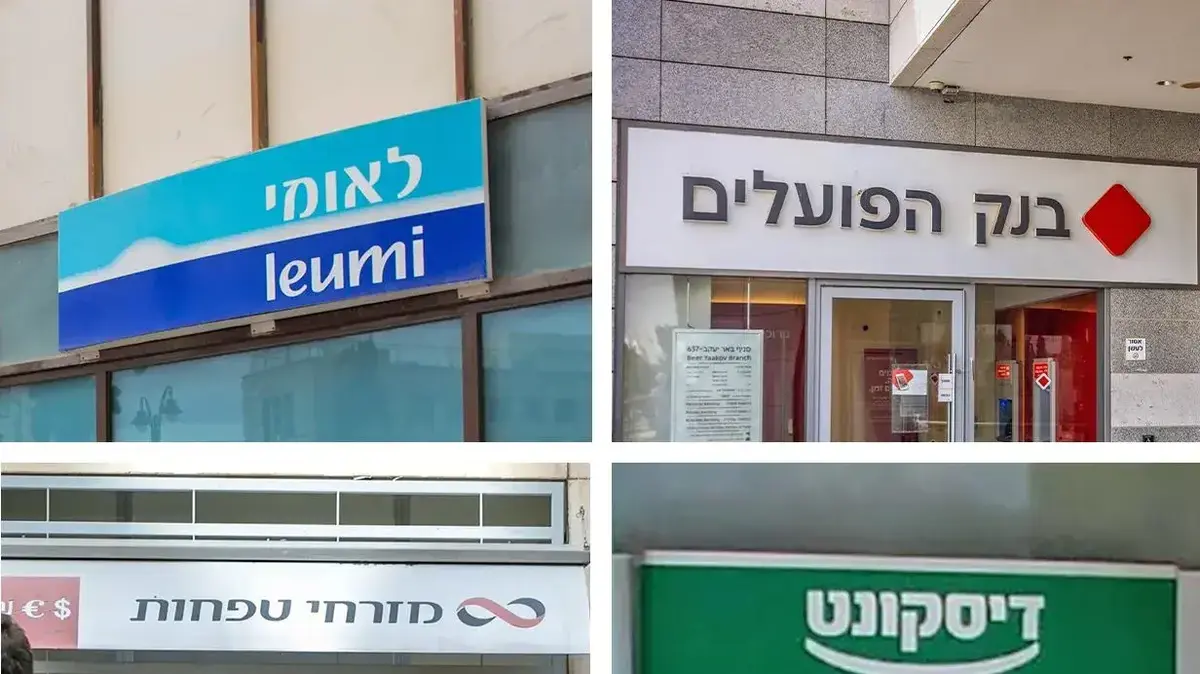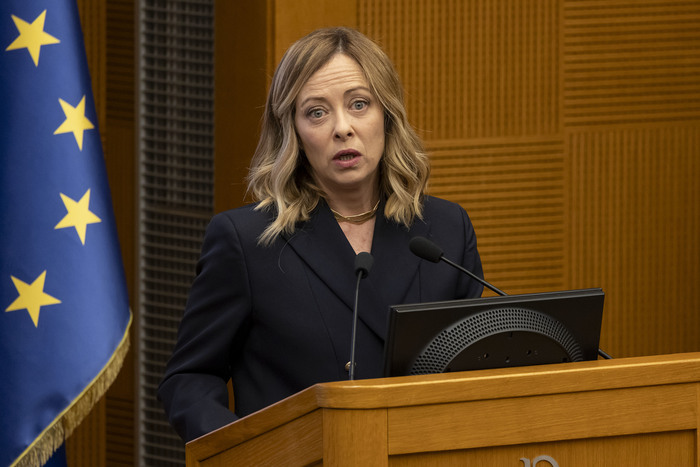Revenue from taxing the Tamar stock is low and the money does not reach the public
Entrepreneurs have already made $ 6 billion - but the fund will start paying the "wealth fund" tax only in July 2020
Tamar rig (Photo: AP)
Tamar drilling rig off the coast of Haifa (Photo: AP)
Where did the "wealth fund" of Israeli citizens go? MK Orit Farkash Cohen (blue and white) today approached MK Finance Minister Moshe Gaffney's chairman, demanding that the committee discuss progress on the establishment of the wealth fund, which is expected to raise hundreds of billions of shekels for the benefit of the nation's citizens in the coming years.
Globes' examination shows that the original deadline for operating the fund set for 2018, which has been postponed several times, will now be postponed once again - for 2021.
In addition, not only the financial aspects impede the operation of the fund. Globes' investigation shows that a finding committee led by retired judge Moshe Gal, established three years ago by the Treasury, has not yet succeeded in appointing one member to the bodies managing the fund.
More in Walla! NEWS More in Walla! NEWSThe shekel is strong, unemployment is at a low, so why the horizon looks bleak
To the full articleWealth Fund: Gas that will become a growth engine
The Israeli Citizens' Wealth Fund is supposed to accrue all proceeds that will come to the state coffers from the taxable surplus tax levied on gas reservoirs since 2011 (Shinsky 1), and the taxable surplus income on natural resource producers from 2015 (Shinsky 2). According to the Law of the Israel Citizens' Fund, approved in July 2014, the Wealth Fund can start operating from the moment that a billion shekels accumulate. After a year from this date, the Fund may distribute up to 3.5% of its income for social, economic and educational purposes each year, in accordance with proposals made by the Government and subject to the approval of the Foundation's institutions, headed by the Council.
MK Orit Praksh-Cohen believes that there is room to re-discuss the use of the fund's profits, "in light of the infrastructure crisis, especially in the transport sector and the rising deficit." She said, "Investment in growth projects will also enable the current generation - and not only the next generation - to enjoy. From the foundation. "
Addressing the chairman of the GPNI Finance Committee, Farkash Cohen wants to "understand what the current state's preparatory and supervisory mechanism is for the total deposits in the Fund and who is the cause for this." Farkash-Cohen notes that according to the updated estimates, the deposits in the Fund are expected to reach NIS 14 billion. For the next five years, and request time to discuss the representatives of the Bank of Israel, the Tax Authority and the Treasury, in order to report on the status of the foundation, its transparency to the public and the forecast of past deposits relative to the present.
"The wealth and profits of the Wealth Fund are of utmost importance to every citizen in Israel," notes Farkash Cohen at the end of her letter.
According to a recent analysis by the Globes, the fund is expected to accrue NIS 250 billion over the next 30 years, an amount consisting of NIS 155.5 billion from the whale reservoir (to be paid between 2024 and 2063), NIS 12 billion from shark and crocodile stocks ( To be paid between 2024 and 2032), and NIS 82.4 billion of the Tamar stock to be paid between 2020 and 2050. Alongside these amounts, the fund is expected to receive receipts of unknown extent from ICL's Dead Sea plants and new gas reservoirs, as they will be discovered in the coming years in Israel.
At the time of the legislation, the National Economic Council estimated that the fund would start operating in 2018, with NIS 1.5 billion already earmarked for this year. In 2013, the first amount was transferred to the Bank of Israel's managed account. That's NIS 459 million in profit from the Marie B reservoir that was closed in 2012, a year after Shinsky's law was passed in the Knesset. Since then, one additional shekel has not been transferred to the fund's account, even though Tamar's fundraisers have so far accumulated a total profit of $ 6 billion.
The tax is levied on developers in the gas reservoirs only for over-profit, which is defined as profit beyond basic profit equal to 150% of the investment in exploration and development of the reservoir plus an annual interest rate of 5%. In Tamar's case, a higher threshold is set - a return of 200% of the recognized investment. Tamar entrepreneurs received additional relief, including the length of the recognition period.
Behind Tamar's unique arrangement was the concern of the state that Tamar entrepreneurs would seek international arbitration on the grounds that they had been taxed retroactively (the database was discovered in 2009, two years before Shinsky Law was enacted). Even after all the relief, Tamar was due to start paying the tax, some of which will be directed to the Wealth Fund, in 2017.
The National Economic Council, while enacting the Israel Citizens Fund Law, estimated that revenues from Tamar will reach NIS 1.5 billion in 2018, MK Orit Prakash Cohen notes in her letter. But in 2014, the state agreed to recognize Tamar entrepreneurs with $ 216 million in installing compressors , Which could increase gas capacity in the pipeline from the reservoir, plus $ 437 million in exploration and development of a small gas reservoir discovered southwest of Tamar. On the bottom line, according to the Globes test, the Tamar reservoir is expected to pay the first shekel to the fund's fund in July 2020.
According to data obtained by Farkash-Cohen, the tax authority expects to receive NIS 200 million in revenue from the pool in 2020 - an amount that will not exceed the billion shekels required to operate the fund.
Only in 2021, when the income from transducer taxes is expected to total NIS 1.6 billion, the fund will be able to operate. In other words: another year's postponement of the fund's start date, from 2020 to 2021.
Half a billion shekels disappeared because of a whale
The data provided to MK Prakash-Cohen does not reflect the fact that the whale reservoir recently won the electricity company tender, at the expense of a large amount of gas that the electricity company was supposed to buy a transducer. The significance of whaling the tender, along with a certain reduction in electricity tariff, is a reduction in receipts. About NIS half a billion, which the wealth fund is expected to receive in 2020-2022.
Ironically, the postponement of the fund's operation saves the government from great embarrassment. This is because the procedures for establishing the foundation have progressed to a very short distance from the starting point. According to the 2014 law, the fund will consist of a council, an investment committee and an audit committee. The council should have seven members, while the investment committee should have five members.
What actually happened with the fund staffing? Not much. In 2016, a Detection Committee, headed by retired Justice Moshe Gal Eight, was established by Justice Minister Ayelet Shaked. Alongside him, the committee served as chief minister of the Prime Minister's Office, Finance Director Xi Avad, the Vice-Chancellor, and the Academy's representative, Prof. Momi Dahan of the Hebrew University. "Globes" learned that the committee interviewed a number of candidates, but found it difficult to decide who to recommend.
In the last few months, the detection committee has not convened, due to delays in the appointment of the Governor of the Bank of Israel, who is expected to be a member of the committee. Given the repeated elections and delays in the establishment of the government, it is unclear when the current committee work will resume, if at all.
Eitan Shinsky (Photo: Megad Guzni)
Eitan Shinsky at a press conference of the Shinsky Commission on Israel's Oil and Gas Resources, January 2011 (Photo: Megad Guzni)
NIS 250 billion in wealth fund? It depends on who you ask
The idea of establishing a wealth fund came about following the work of the Shinsky Commission, set up by Finance Minister Dr. Yuval Steinitz in 2010, following the discovery of the Tamar gas reservoir. The committee recommended a special levy of 20% to 50% on permit profits derived from gas sales The special levy joins royalties at a rate of 12.5% (gross) and corporate tax paid by gas producers in Israel.
But while the other two taxes are being transferred to the state coffers as a tax, it was decided that proceeds from the surplus tax levy be transferred to a sovereign wealth fund. The model that came before the legislators was the Norwegian Pension Fund, which has accumulated to date one trillion dollars of tax receipts on profits from oil fields in the North Sea.
Governor of the Bank of Israel Prof. Stanley Fisher, who was one of the main supporters of the establishment of the Wealth Fund, explained that it will serve three important purposes - preventing the strengthening of the shekel; Will serve as a security pad for the State of Israel in an emergency; Work with intergenerational justice considerations so that future generations can also enjoy the fruits of gas discoveries.
As part of an appearance before the Science and Technology Commission that approved the law, Fisher estimated that between 2018 and 2037, $ 72 billion (about NIS 252 billion) will be accumulated in the fund. The Bank of Israel's estimate was based on the estimate that gas prices would range from $ 4.5 to $ 6.7 per unit of heat, according to Bank of Israel Governor Dr. Karnit Flug at a presentation to the Economic Commission in December 2015.
However, that year, Dr. Adi Brender of the Bank of Israel's Research Department presented another scenario whereby the fund's revenue would reach NIS 133 billion by 2040.
Behind the big gaps in forecasts is growing uncertainty around the quantities of gas that will be sold in the coming years, and even more so - gas prices, which are declining rapidly. Increasing competition in the gas economy, weakness in global liquid gas prices and growing resistance in Israel and worldwide to the continued use of gas from environmental considerations - all also call for cautionary scenarios.
10 moves on the road nowhere - delays in establishing "wealth fund"
1. The Historical Reason: The Tamar Database (January 2009), with the Financial Potential for the State Fund
2. The Knesset pushes: The Knesset approves the Oil and Gas Profit Taxation Law, according to which tax will be levied on the profits of oil producers and their income will be accrued in the Wealth Fund for the benefit of Israeli citizens (March 2011)
3. First money at checkout: NIS 459 million is transferred to the fund designated account (2013); The fund can only operate if it accrues a billion shekels
4. Gas in pipelines: Tamar reservoir begins to flow gas (March 2013)
5. Passing legislation: The Wealth Fund Law for Israeli Citizens was enacted (July 2014)
6. Rejection # 1: Two years postponed at the start of the Shinsky surcharge (2014)
7. Other Sources: The Natural Resources Taxation Law ("Shinsky 2") was enacted, which states that excess tax profits from natural resources taxation will also be transferred to the "Wealth Fund" (November 2015).
8. Detection Committee (Not Detected): Started Detection Committee for Appointment of Fund Holders (2016)
9. Where is the money (1)? In 2017, the estimated original date for the start of the flow of funds to the Fund, as forecast at the time of enactment, expires
10. Where's the money (2)? Now, a new deadline for operating the fund - 2021 - is emerging








